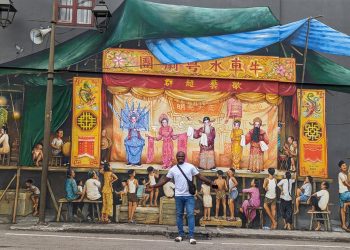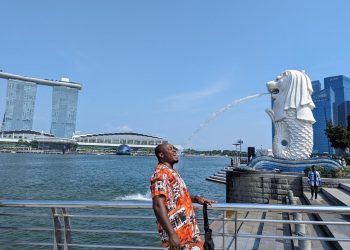The captivating history of Tiger Balm in Singapore unfolds as a tale of entrepreneurial vision, resilience, and a commitment to heritage.
Origins and Development
The Tiger Balm saga commenced in the late 1800s when Aw Chu Kin established a modest medicine shop in Burma.
The legacy took root when his sons, Aw Boon Haw and Aw Boon Par, played pivotal roles in its evolution. Facing challenges with the British colonial government, the brothers relocated to Singapore in the 1920s.
They initially set up shop at Amoy Street, later moving to Cecil Street, and eventually settling at 89 Neil Road, marking a journey of growth and development.
Marketing and Expansion
Tiger Balm found success in Burma and soon became an export phenomenon, reaching markets in China, Japan, and Southeast Asia.
The brothers’ marketing prowess and distribution acumen propelled Tiger Balm into the hearts and homes of countless Chinese families.
During this period, the brand’s emblem underwent a transformation, evolving from a resting tiger to a dynamic, leaping tiger.
Legacy
Born in Rangoon, Burma, Aw Boon Haw and Aw Boon Par assumed distinct roles in the Tiger Balm legacy.
Boon Par focused on production and expanded the Tiger brand’s product line, while Boon Haw took charge of packaging and marketing.
In 1937, the brothers commissioned craftsmen from Swatow, China, to construct the Tiger Balm Gardens, also known as Haw Par Villa, in Singapore.
Initially conceived as a residence for Boon Par, Haw Par Villa evolved into a cultural and historical landmark.
Still have some travel questions? Ask in our Travel WhatsApp Group.








